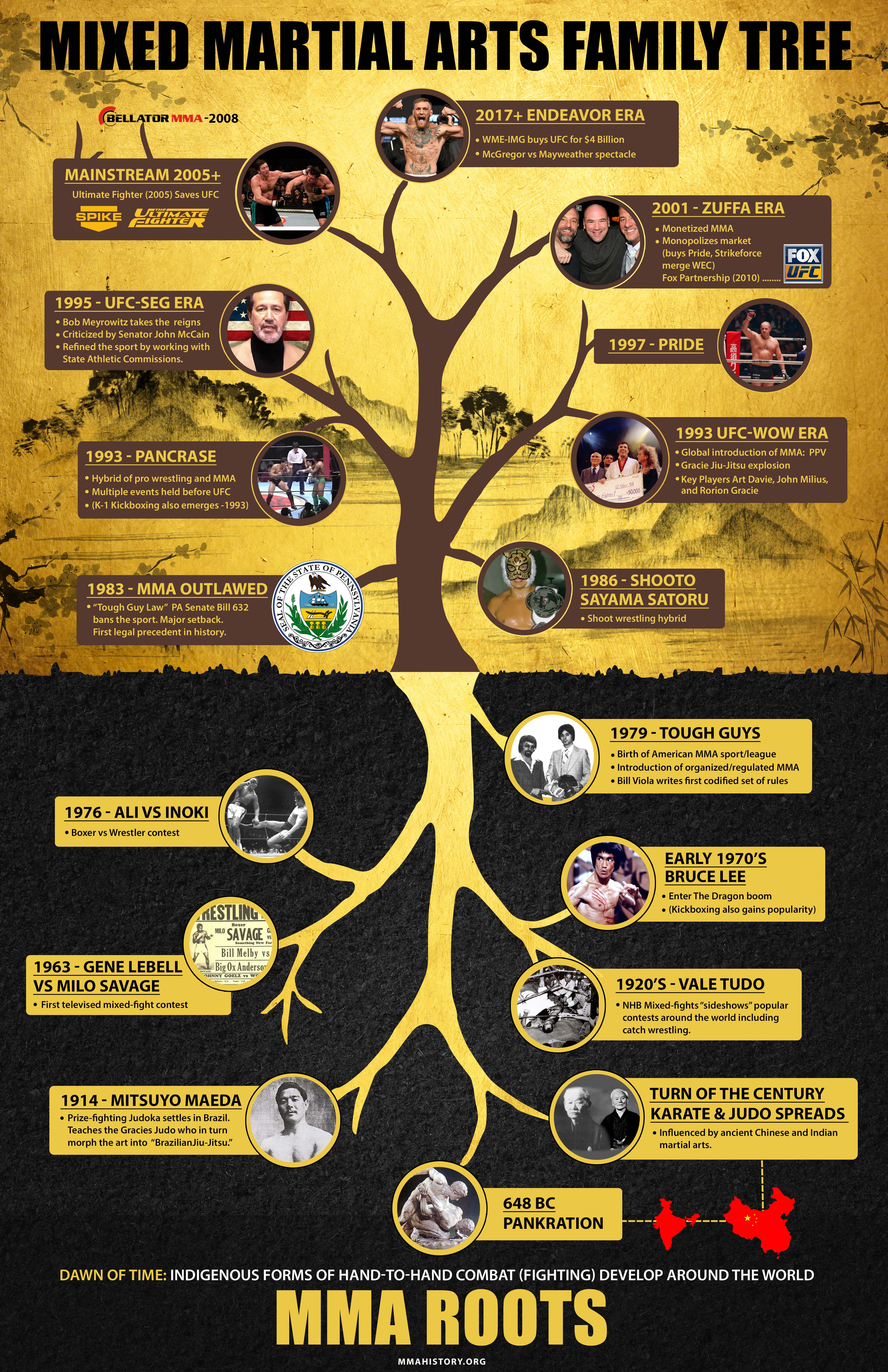Debunking The Different Fighting Style Designs: From Karate To Taekwondo
Debunking The Different Fighting Style Designs: From Karate To Taekwondo
Blog Article
Material By-Childers Weiner
Are you tired of feeling overwhelmed by the large world of martial arts? With numerous styles to select from, it can be very easy to get shed in a sea of punches, kicks, and strange names. But fear not!
This discussion will certainly demystify the various fighting styles designs, taking you on a journey from the powerful strikes of Martial arts to the dynamic kicks of Taekwondo. Get ready to uncover the origins, methods, and ideologies behind these old art forms.
So, tighten your belt and prepare to embark on an enlightening expedition right into the fascinating globe of fighting styles.
Origins of Martial Arts Styles
The beginnings of fighting styles designs can be mapped back to old worlds and their requirement for self-defense and battle methods. Throughout background, various societies developed their own unique methods of fighting, each with its own set of methods and philosophies.
In China, as an example, fighting styles designs such as Martial art and Tai Chi were developed as a way of protection and improving physical and psychological health.
In Japan, the samurai warriors created designs like Karate and Judo, concentrating on discipline, precision, and mastery of the body.
In a similar way, in Korea, Taekwondo emerged as a martial art stressing high kicks, rapid activities, and psychological stamina.
These early worlds laid the foundation for the varied array of fighting styles styles that exist today, each with its own abundant background and cultural importance.
Methods and Training Approaches
To grasp fighting styles styles, experts need to find out various methods and training techniques.
mouse click the following webpage are the particular movements and activities used in fight, such as strikes, kicks, throws, and blocks. Different fighting styles designs have their own distinct set of techniques that practitioners must understand with strenuous training.
Training methods vary depending upon the design, but they normally entail a mix of physical fitness, drills, sparring, and kinds.
Physical fitness is crucial to build stamina, adaptability, and endurance. Drills assist professionals refine their techniques and boost their rate and accuracy.
Sparring permits professionals to exercise their strategies in a regulated, sensible environment. Forms, additionally known as kata, are deliberate series of movements that help practitioners establish muscle mass memory and emphasis.
Viewpoints and Principles
Discovering the viewpoints and concepts of martial arts designs can supply you with a deeper understanding of your picked discipline. Each martial art has its very own unique ideology and collection of leading principles that shape the method it's practiced.
As an example, Karate stresses technique, regard, and self-discipline. It teaches professionals to concentrate their minds and bodies, enabling them to protect themselves while maintaining a feeling of internal peace.
On the other hand, Taekwondo places a solid emphasis on rate, agility, and adaptability. benefits of martial arts for autism are rooted in the tenets of courtesy, stability, willpower, self-constraint, and unbeatable spirit.
Suggested Studying
Since you have actually checked out the origins, techniques, and philosophies of different martial arts styles, you have a much deeper understanding of these ancient self-controls.
Visualize a young karate pupil, experimenting steady decision and focus, breaking through boards with a powerful strike.
Their trip showcases the commitment and strength called for to grasp a martial art, advising us that with self-control and perseverance, anything is feasible.
